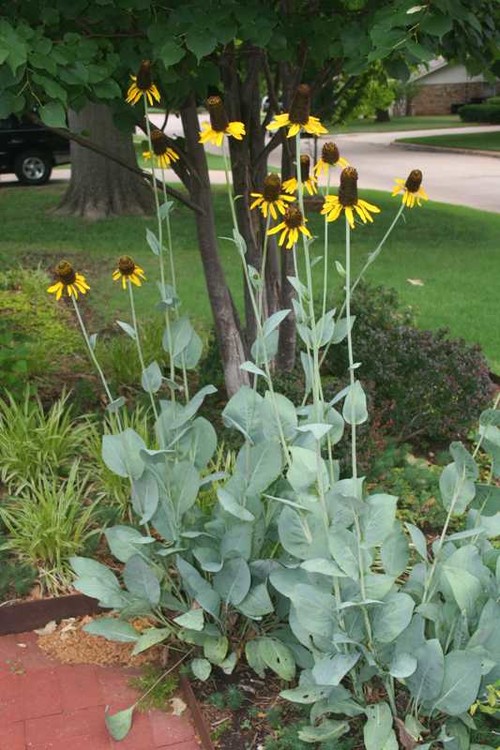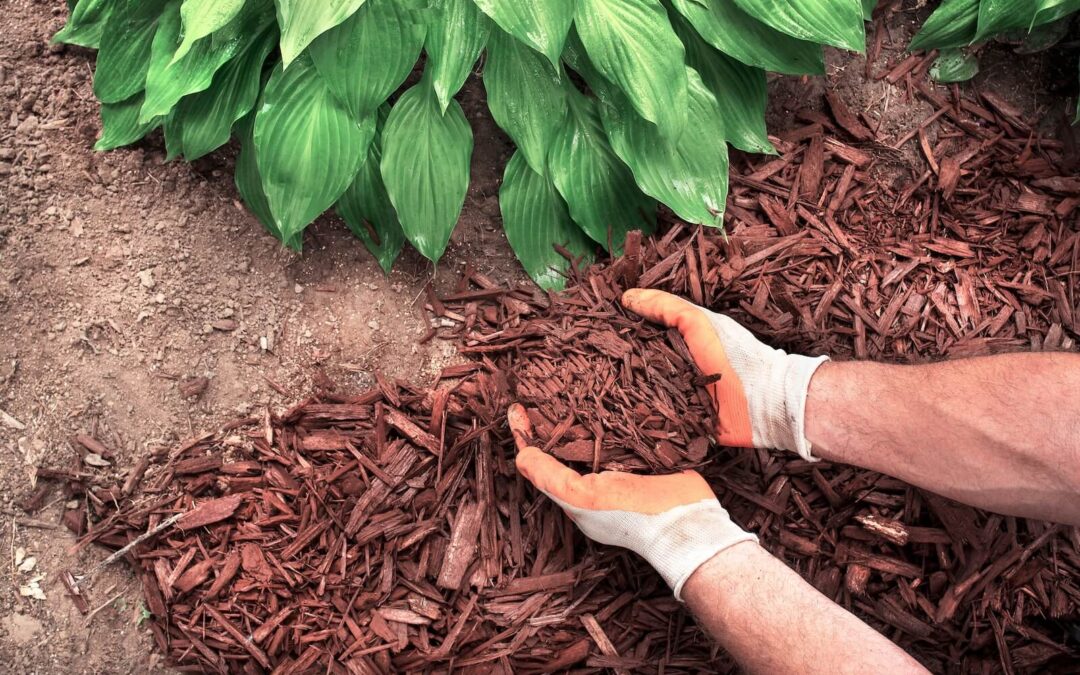The Prairie Coneflower, belonging to the genus Ratibida, is a standout perennial flowering plant, especially for those looking to enhance their wildflower garden with low-maintenance plants. This year, we’re highlighting the Ratibida columnifera, commonly known as the “Long-Headed Coneflower” or the Mexican Hat plant, for its distinctive shape reminiscent of colorful Mexican sombreros.
This cheerful, pollinator-friendly plant is a star among native Colorado plants, making it particularly well-suited to landscape design enthusiasts. Traditionally used by Native American tribes for medicinal purposes, its vibrant presence symbolizes the vitality and resilience of the prairies. Beyond its historical significance, this native wildflower plays an important ecological role by supporting bees, butterflies, and other beneficial insects.
Thriving in Colorado Landscapes
In Colorado’s diverse landscapes, the Prairie Coneflower flourishes, reaching heights of 2 to 3 feet, with some species growing as tall as 6 feet. Its wide, greenish-blue basal leaves emerge in early spring, followed by tall stalks in the summer. These are topped with the plant’s signature blooms: tall columnar stamens encircled by drooping petals in striking shades of yellow, red, reddish-brown, or purple. These vibrant flowers are a must-have for anyone seeking drought-tolerant plants that require minimal care while delivering maximum impact.
The Mexican Hat plant thrives in full sun and adapts to a variety of soil types, from sandy to clay, though well-draining soil is preferable. When planting, space them 18-24 inches apart to allow for mature growth. Regular watering during the initial establishment phase helps the plants take root, but once established, they require only light to moderate watering. This adaptability makes them ideal for low-maintenance plants suited to Colorado’s often arid climate.
Benefits of Prairie Coneflower
The Prairie Coneflower is more than just a visual delight; it’s a resilient and eco-friendly choice for any garden. Its hardiness and resistance to common pests and diseases make it perfect for gardeners of all experience levels. As a drought-tolerant plant, it thrives with minimal water, supporting sustainable gardening practices in water-scarce areas. Additionally, its flowers serve as a critical resource for pollinators, helping to sustain local ecosystems.
The benefits don’t stop there. During the colder months, the seeds of the Ratibida columnifera attract wild birds, particularly Goldfinches, providing a vital food source in winter. If you enjoy birdwatching, incorporating this plant into your garden ensures your outdoor space remains lively even in the off-season.
Landscape Design Possibilities
Incorporating Prairie Coneflowers into your landscape design in Colorado offers endless possibilities. Their vibrant colors and unique shape make them ideal for wildflower gardens, borders, and mixed plant beds. You can use them to create stunning focal points or as part of a layered backdrop that adds depth and texture to your garden. Pair them with other native Colorado plants like Blue Flax, Penstemon, or Yarrow for a harmonious and visually striking landscape.
For those with a larger property, the Mexican Hat plant is an excellent choice for creating dynamic meadow landscapes. This not only enhances the visual appeal of your space but also fosters a thriving ecosystem by supporting a diverse range of pollinators and beneficial insects. Even smaller gardens can benefit from these adaptable plants, as they bring color and life without demanding significant upkeep.
Seed Collection and Propagation
One of the most rewarding aspects of growing Prairie Coneflowers is the ease of seed collection. Once the flowering season ends, the plant’s seed heads can be harvested and stored for future planting. Whether you’re looking to expand your own wildflower garden or share seeds with friends and family, the Mexican Hat plant makes propagation simple. Alternatively, leave the seeds in place to attract wild birds, turning your garden into a winter haven for feathered visitors.
Designing Sustainable Gardens with Lifescape Colorado
The Prairie Coneflower is just one of the many remarkable native Colorado plants that thrive in our local climate. At Lifescape Colorado, we specialize in creating sustainable, visually stunning gardens that celebrate the beauty of Colorado’s native flora. Whether you’re looking to enhance your garden with drought-tolerant plants, build a pollinator-friendly space, or design a dynamic meadow landscape, our team is here to bring your vision to life.
Contact Lifescape Colorado today to start your journey toward a more vibrant and sustainable landscape. From low-maintenance plants to bespoke landscape design in Colorado, we’ll help you achieve a garden that’s as beautiful as it is eco-friendly. Let’s work together to transform your outdoor space into a thriving oasis.







